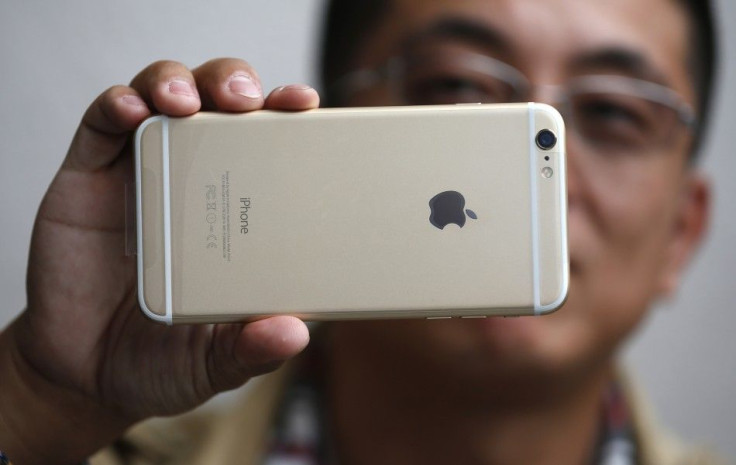Apple’s iPhone 6 And iPhone 6 Plus: iPhabs That Might Kill The iPad

Apple's new flagship devices have obviously overshadowed its contemporaries and other big names in the market. Unfortunately, the popularity of the new devices also affected not only its competition but another major Apple product: the iPad.
Currently, there are 56 different iPads that come in two sizes, various memory configurations and wide array of colours that are available in the market. The tech giant has been known for such reputation of introducing new devices with more than a couple of versions and options to choose from. Like the soon to be released Apple Watch, it will be launched in 3 different lines, two sizes and numerous options, Forbes reports.
Owners of the iPhone 6 and the iPhone 6 Plus might seem to favor the latest devices over their iPads. The entries of the smartphones with larger screens have definitely affected the sales of all the iPad models. The unveiling of the iPhone 6 with 4.7-inch screen and the iPhone 6 Plus with 5.5-inch screen have given consumers the idea that these devices would most likely be equipped with most of the features and functions that can be found in the iPad. In this case, most of iPad users might have fewer reasons to choose their tablets over the iPhone 6 or the iPhone 6 Plus.
According to Business Insider, a comparison between iPhone and iPad usage will be a great factor in the latter's salability and survival. A consumer who owns both the iPad and iPhone 6 now only spends 28 percent of his time reading and watching using the tablet. But worst of all, when an iPad user gets hold of the iPhone 6 Plus, the owner has the tendency to spend only 20 percent of his time on the iPad. If such trend will continue then Apple might not sell as many iPads as it used to.
Looking at Apple's quarterly revenue report, the bulk of the company's revenue is derived from its iPhone sales. Some people might speculate that the decrease in iPad sales will not affect the company's standing for as long as the iPhone 6 and the iPhone 6 Plus still serve as great income generators for Apple.
Apparently, the device's bigger screen can possibly influence the consumers' way of viewing the web and watching their saved contents. Despite the findings, there's no telling yet if phones with huge screens and phablets could really ditch the iPad.






